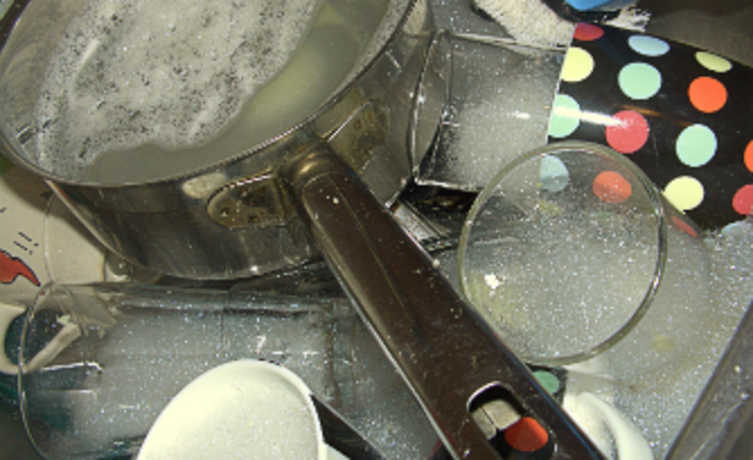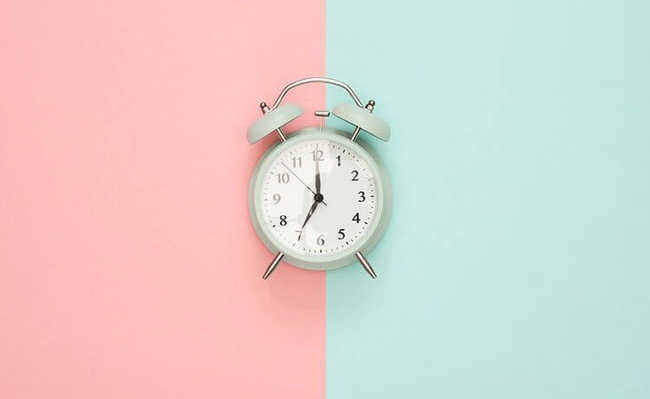What is the menstrual cycle?
Post-puberty and pre-menopause hormonal changes are called the menstrual cycle

Edited and resized image by Tim Marshall is available on Unsplash
The menstrual cycle is a natural process that most women of childbearing age go through. Every month, after going through puberty and before reaching menopause, a woman's body undergoes several biological changes. These changes occur through hormonal variation and are divided into four phases (menstrual, follicular, ovulatory and luteal), receiving the name of the menstrual cycle.
- Menopause: symptoms, effects and causes
During each menstrual cycle, an egg is developed and released from the ovaries. The uterus builds up a lining called the endometrium, and if the egg does not fertilize a sperm (to start a pregnancy), the uterine lining is expelled during the menstrual period. Then the cycle starts again.
- Pregnancy symptoms: the first signs
- How to get pregnant: 16 natural tips
Phases of the menstrual cycle
menstrual phase
The menstrual phase is the first stage of the menstrual cycle. It is also considered the beginning of the menstrual period.
This phase begins when an egg from the previous cycle has not fertilized any sperm. Because the pregnancy didn't occur, the levels of the hormones estrogen and progesterone drop.
The thick blood lining of the uterus, which would serve to support a pregnancy, is no longer needed, so it is expelled by uterine contractions and exits through the vagina. During the menstrual period, a combination of blood, mucus and tissue from the uterus is expelled.
This period is usually accompanied by symptoms such as:
- Cramps
- Swelling and pain in the breasts
- abdominal swelling
- mood swings
- Irritability
- Headaches
- Tiredness
- Low back pain (low back pain)
- Cinnamon tea is great for relieving menstrual cycle cramps
On average, women are in the menstrual phase for between three and seven days. Some have longer menstrual periods than others.
follicular phase
The follicular phase starts on the first day of the period (therefore, there is some overlap with the menstrual phase) and ends when the ovulatory period arrives.
This phase begins when the hypothalamus sends a signal to the pituitary gland to release follicle-stimulating hormone (FSH). This hormone stimulates the ovaries to produce about five to 20 small sacs called follicles. Each follicle contains an immature egg.
Only the healthiest egg will eventually mature. On rare occasions, a woman can have two mature eggs. The rest of the follicles will be reabsorbed by the body.
The maturing follicle triggers a surge of estrogen that thickens the lining of the uterus. This creates a nutrient-rich environment for an embryo to grow.
The average follicular phase lasts about 16 days. It can vary from 11 to 27 days, depending on the cycle and has a slightly pasty vaginal mucus, without much consistency and elasticity.
ovulatory phase
The increase in estrogen levels during the follicular phase triggers the pituitary gland to release luteinizing hormone (LH). This is what starts the ovulation process.
Ovulation occurs when the ovary releases a mature egg. The egg travels through the fallopian tubes towards the uterus to fertilize the sperm.
The ovulation phase is the only time in the entire cycle when a woman is fertile. It lasts around just 24 hours and presents symptoms such as:
- Slight increase in basal body temperature;
- Transparent vaginal mucus similar to egg white.
Ovulation happens around the 14th day if the woman cycles for 28 days - right in the middle of the menstrual cycle. Lasts about 24 hours. After a day, the egg will die or dissolve if it is not fertilized.
- What is a fertile period and how to calculate
luteal phase
After the follicle releases the egg, it becomes the corpus luteum. This structure releases hormones, mainly progesterone and some estrogen. Increased hormones keep the uterine lining thick and ready for a fertilized egg to implant.
If a woman becomes pregnant, the body will produce human chorionic gonadotropin (hCG). This hormone is easily detected in a pregnancy test and confirms the diagnosis. It helps maintain the corpus luteum and keeps the uterine lining thick.
If the woman does not become pregnant, the corpus luteum will shrink and be reabsorbed. This leads to decreased levels of estrogen and progesterone, which causes the menstrual period to start. The lining of the uterus is released in the form of menstruation during the menstrual period.
During this phase, if the woman does not become pregnant, she may experience symptoms of premenstrual syndrome (PMS). These include:
- Swelling in the body;
- Breast swelling, pain or tenderness;
- Mood change;
- Headache;
- Weight gain;
- Changes in sexual desire;
- Cravings caused by food or aromas;
- Difficulty sleeping.
To learn more about PMS, check out the article: "What does PMS mean, what are its symptoms and treatment".
The luteal phase lasts 11 to 17 days. The average duration is 14 days and releases a pasty white vaginal mucus, similar to an ointment (this is different from a vaginal discharge).
Identifying Common Problems
Every woman's menstrual cycle is different. Some women menstruate every 28 days every month. Others have a more irregular menstrual cycle. Some women bleed more heavily or for more days than others.
The menstrual cycle can also change during certain times of life, and it can become more irregular as you approach menopause, for example.
- Menopause Remedy: Seven Natural Options
One way to find out if you are having a problem with your menstrual cycle is to record and analyze your menstrual periods. Write down when they start and end. Also record any changes in sensation and the number of days you bled.
Any of these factors can alter the menstrual cycle:
- Birth control pill: can make periods shorter and lighter;
- Pregnancy: menstrual period ceases, one of the first signs of pregnancy;
- Polycystic Ovary Syndrome (PCOS): hormonal imbalance that prevents an egg from developing normally in the ovaries, causing irregular menstrual cycles;
- Uterine fibroids: non-cancerous, can make periods longer and more difficult than usual;
- Eating Disorders: Anorexia, bulimia and other eating disorders can disrupt the menstrual cycle and stop menstruation.
Some signs that there may be a problem with the menstrual cycle:
- Did you skip periods or your periods stopped completely;
- Your periods are irregular;
- You bleed for more than seven days;
- Your periods are less than 21 days or more than 35 days apart;
- You bleed between periods.
If you have these or other problems with your menstrual cycle or periods, get medical help.










